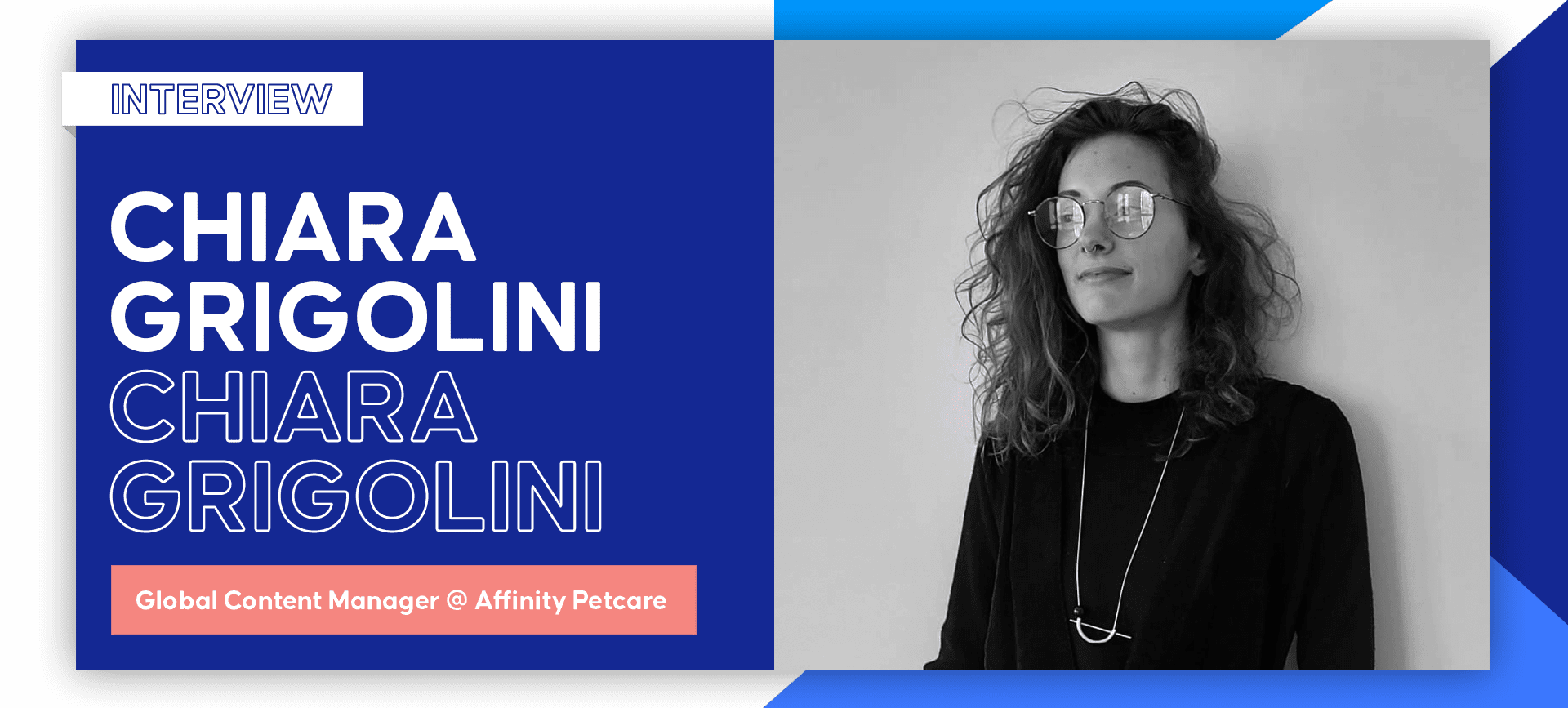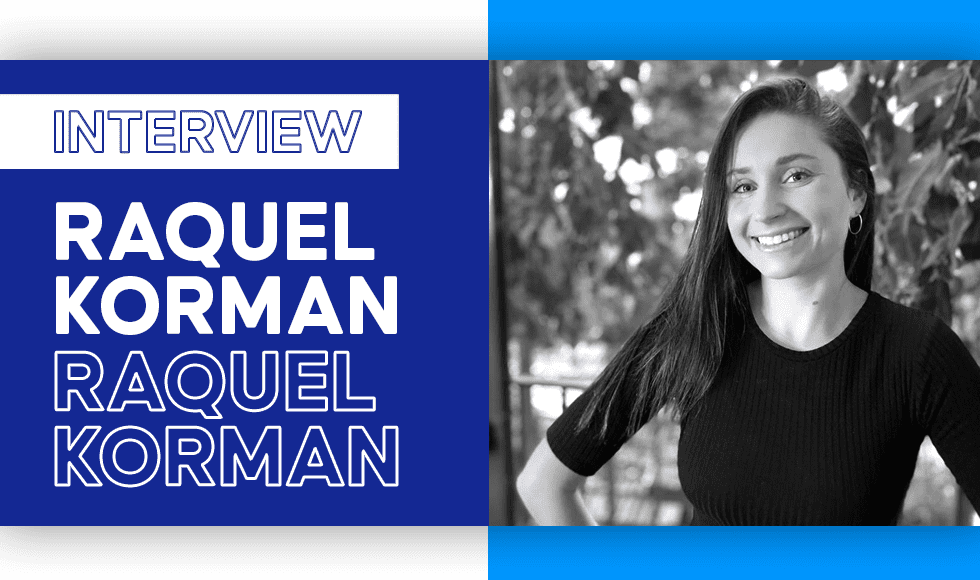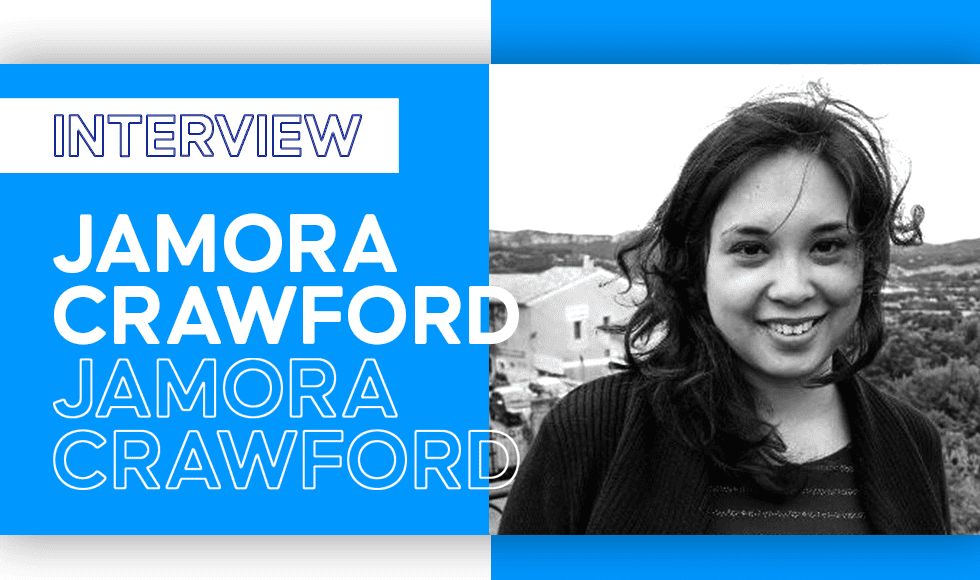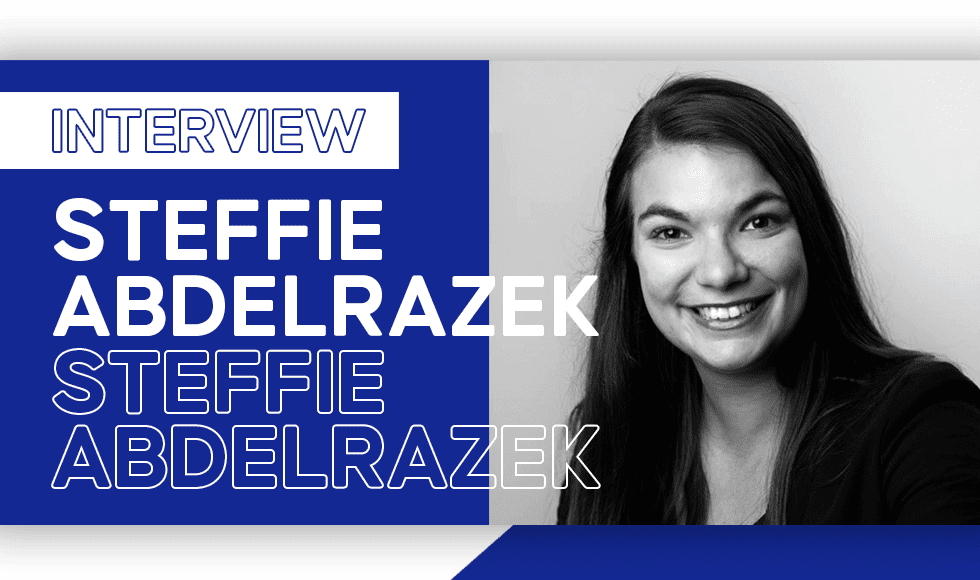What makes an ad creative powerful? For many in the advertising community, it’s about being human-first, using data insights as a starting point, and keeping creativity at the forefront.
After all, producing thoughtful and targeted ad creatives will help reduce friction for your audience, connect the dots for them, and hopefully prompt them to take action more easily too.
We caught up with Chiara to unpack what it’s like working in an industry where technology, data, and audience insights are intertwined and how leveraging such human-centered approaches make an impact at scale. How does this shift the approach, outcomes, and methods to create impactful ads? You’ll find out all about it in this interview!
Could you share a bit about yourself and your background? What drew you to Affinity Petcare? And why do you like doing the work that you do?
Chiara:
In my professional life, just like in my personal life, I’m a traveller as I’ve always been keen on different experiences.
For the past 8 years, I “travelled” through content marketing in many ways by taking on roles in different positions – I started with a PR/editorial job and switched to a fully digital position, working in different markets including Europe, Latin America, and Asia for different organisations such as agencies, start-ups, and large companies and in very different industries including tech, fashion and beauty, automotive, and pet food.
The challenge and the most appealing part of my job are that together with my team, we started off with a clean canvas: we were the first digital team of the company and there were many things to put in place in terms of digital thinking, tools, best practices, processes, and so on.
What is your current approach to ad creatives? And what are your challenges?
Chiara: Ad creatives are the sweet spot between three things: a business need (entering a new segment of the market), a brand need (improving brand awareness), and a consumer need (in our case, preventing cat illness since owners prefer not to bring them to the vet).
Do you have any tips to align priorities between the marketing and brand teams?
Chiara: Oh, absolutely. Here’s what I recommend:
- Be timely: Planning all the campaigns, especially the key ones in advance – ideally, you’ll probably need a 6-month timeframe. This allows you to organize the team workflow on time and helps prevent the creative team saturation.
- Old but gold: Creating a Gantt chart of all the big projects is useful to scout potential issues on time (eg. large campaigns that follow pretty much the same timing), negotiate deadlines if needed, and identify efficiencies in the process for instance, shooting a bunch of creatives at the same time, so you save money on production costs).
- Stay organized: For day-to-day tasks and ongoing projects, project management tools such as Asana, Trello, and Monday can really make a difference – all marketing and brand teams should have access to your tools, so you can easily share updates about the project and ask for feedback/support from stakeholders.
What are the fundamental elements to create stellar campaigns?
Chiara: A stellar campaign starts with a clear brief – sometimes this part is underestimated but it’s actually a game-changer. Try to spend as much time as you can preparing a brief with a clear objective, a selection of the most relevant information – remember that too much information can be as confusing as poor information. After that, write it in a clear way that your creative team will quickly understand.
What creative tests should everyone be running for more impact?
Chiara: It depends on the business and the company itself but I can say that the tests I ran that had the most impact were the ones about:
- Key messages. There are different ways to tell a story about your product and some resonate more with your target audience than others.
- Different ways of displaying the product. When I worked for a F&B brand, I got poor results showing the consumer in the ad because our audience wanted to see images of the food instead, whereas in the fashion industry, showing the consumer wearing the product was a game-changer.
- Format tests (e.g. image vs. video, long vs. short format). This kind of test allows the creative team to focus on what actually works. For instance, if images perform better than videos to drive traffic, there won’t be the need to create videos as they’re also typically more time-consuming than producing visuals.
And how do you create buy-in from internal or external stakeholders to put more budget behind ad creative testing?
Chiara:
Whenever I can, I try to bring to the discussion some numbers or evidence to prove my point such as the results from previous tests, consumer insights we pulled out from keyword research or web listening, and so on.
I believe trust is also a crucial factor to consider here. The more you get to know your stakeholders, the more they’ll follow your recommendations. So keep building relationships with them and really listen to what they have to say.
What are your key performance metrics to determine the top ad performance drivers?
Chiara: It really depends on the content objective and on the channel. Here are some of the main ones:
- Brand awareness: Impressions, Reach, Videos Views, CPM
- Brand consideration: Clicks, CTR, VTR, CPC, social media interactions, traffic on the website, time on page (for blogs)
- Conversion: Conversions, CPA, CPL, leads
When looking at results, it’s good to prioritize the primary KPI of the campaign, but let’s remember that we always have a whole set of KPIs, and looking at just one of them will give a partial view of results.
Where do you think the state of content and creative production is going or needs to go in the FMCG industry?
Chiara: The digital evolution is pushing FMCG out of its comfort zone, and this brings innovation in terms of creative strategy – using digital insights that go beyond traditional research –, project management (agile working methodologies and project management tools are more established every day), and technology.
There are two big next steps: on one hand, digitizing a company’s culture. Having the best technology doesn’t necessarily mean having a data-driven/digital-native approach. This mindset comes from leaders, processes, and culture.
On the other hand, there’s also the big FMCG dilemma: it’s hard to find reliable ways to measure impact on sales for digital campaigns, especially for brands that don’t have e-commerce yet. There are a few ways of doing that, but mostly they are expensive, slow, and not 100% reliable.
What piece of advice would you like to give to marketers struggling to reach their audience in an over-crowded space?
Chiara: Use data (tap into Google Analytics, campaigns reports, customer care reports) and tools Semrush, Brandwatch or, among free/freemium tools, Answerthepublic and Google Trends) to understand where your audience is and what they need from your side. Which problem can you solve with your content? How can you add value to them?
Test as much as you can to find the best execution to tell your story, as well as to try new ways of approaching your audience.
Optimize before you create. Sometimes the “anxiety” to develop new pieces of content makes us forget that we have already produced so much content to be optimised, re-crafted, capitalised. This might sound like a “lazy” approach, but it’s actually a great way to improve performance and optimise your teams’ time and production costs.
Key takeaways from this interview
- From Chiara’s perspective, ad creatives are the sweet spot between three things: a business need, a brand need, and a consumer need. If you are able to find the sweet spot between these elements and convey it in a clear and distinctive way, Chiara is certain you’ll win.
- The best campaigns, according to Chiara, start with a clear brief and from a consumer data-driven insight. Brand consistency should also be religious adhered to, remembering that the sum of all of our today’s campaigns will create our tomorrow’s brand identity.
- Pro-tip: Optimize before you create. Sometimes the “anxiety” to develop new pieces of content makes us forget that we have already produced so much content to be optimised, re-crafted, capitalised.
Thanks, Chiara for the amazing interview! For similar pieces featuring industry leaders and their insights, you can subscribe below. To connect with Chiara, follow her on LinkedIn.



